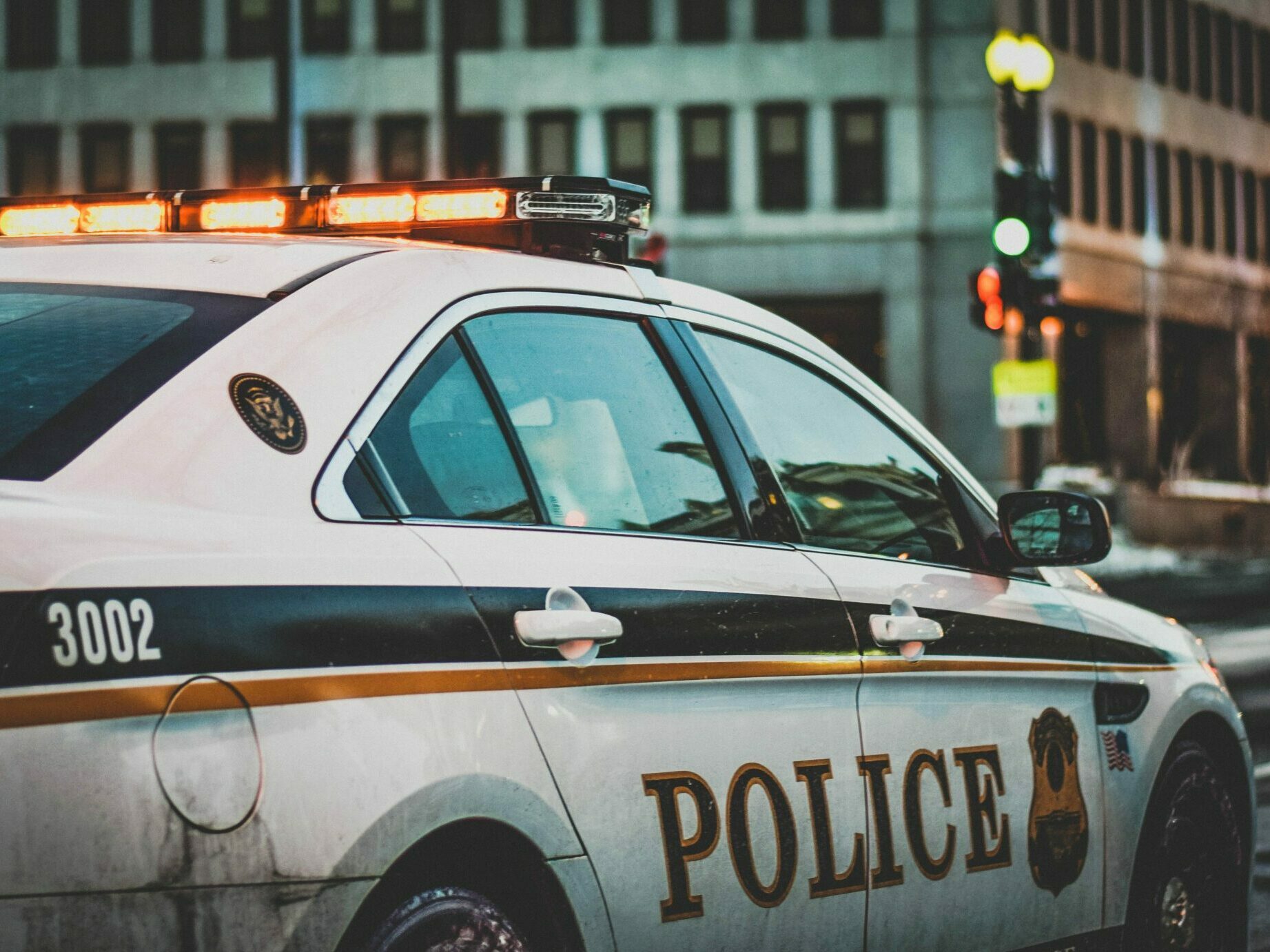A dangerous game of ideological chicken
Rising violent crime in the city. A horrific and violent attack on two women caught on camera, sparking outrage across the region. A Republican governor criticizing the Democratic mayor and prosecuting attorney for defunding the police and being too soft on crime. I have seen St. Louis’ future, and it is Baltimore. There are a lot of similarities between Baltimore, Maryland, and St. Louis, Missouri. Both are cities divorced from their counties.

